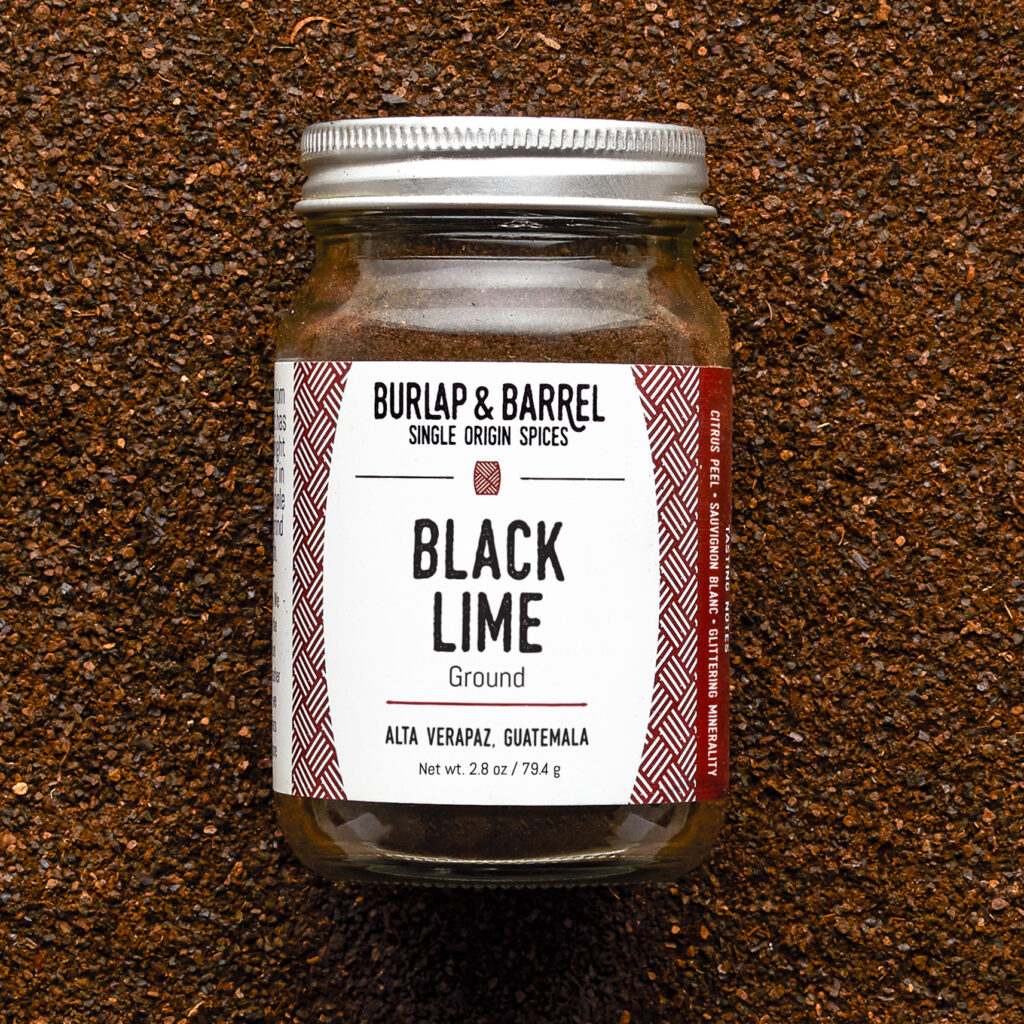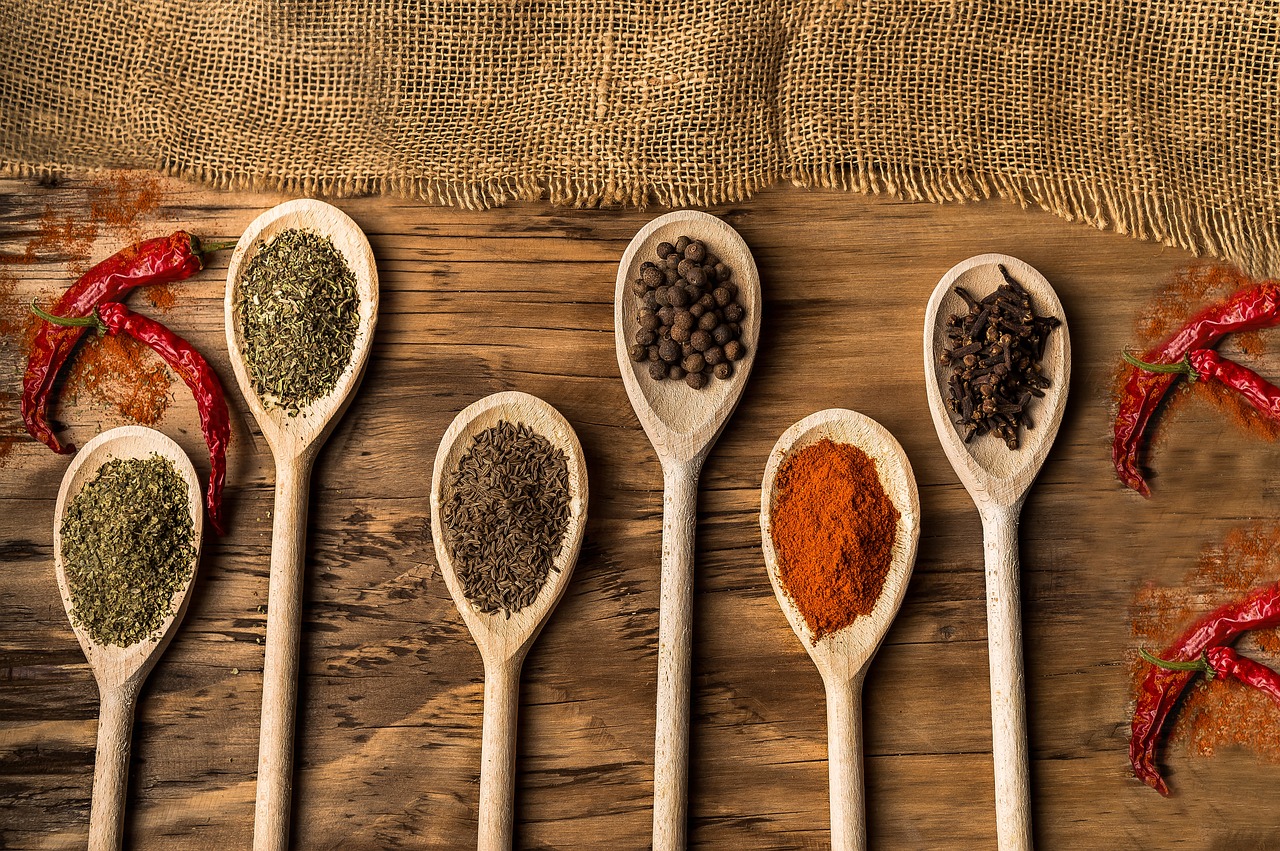The pandemic years sent many consumers back to the kitchen to discover, or rediscover, their culinary talents, awakening more adventurous palates to a wider variety of flavors and fueling innovation among spice makers.
Globally, the market for spices and seasonings is on track to grow 5.2% annually through 2026 and hit $27.4 billion in value by the end of that year, according to a Markets and Markets report, up from $21.3 billion in 2021.
In recent decades, as consumers increasingly grew more interested in the origins of the foods and other products they purchased, factors like transparency, single-origin sourcing and natural and organic production have driven shoppers to spend more on products that fit that criteria.

Business partners Ethan Frisch and Ori Zohar launched premium spice brand Burlap & Barrel in 2016 and the venture was already in growth mode in 2020, when the return to home cooking helped many develop a new comfort level in the kitchen and a willingness to experiment with new flavors and cuisines. At the same time, interest in wellness and staying healthy was on the rise, leading many to seek out ingredients like turmeric, cinnamon, ginger and others reported to have health benefits.
Additionally, in the two years following the start of the pandemic, supply chain challenges often led to shortages that spurred home cooks and restaurant chefs to get even more creative. Economics are playing a growing role as well – a report from Numerator released in September found that the majority of consumers across all income levels are doing more scratch cooking as a more affordable alternative to processed and packaged foods.
The roots of a new spice model
Zohar is an entrepreneur who had previously teamed with Frisch more than a decade ago to launch Guerrilla Ice Cream in New York City.
Frisch worked as a cook and pastry chef in high-end eateries before shifting gears to international aid work, discovering along the way that seasonings were an exception even in kitchens that touted the origins of every other foodstuff.
“We knew where all the ingredients were coming from except the spices,” Frisch said.
That’s because spices were seen as interchangeable commodities.
Then, while in Afghanistan for work, “I tasted this incredible cumin and I started bringing it home in duffel bags” for friends who were chefs.
The discovery sparked the creation of Burlap & Barrel, which now works with farmers in 27 countries around the globe to source single-origin spices and improve the lives of the farmers who produce them. The company sells nearly 100 products with plans to keep growing the lineup and partnering with farmers in more regions of the world, the founders say.
Burlap & Barrel’s spices are sold direct-to-consumers online and the brand also has a growing presence in retail and foodservice. It’s the in-house spice brand at Williams Sonoma, it’s available at a growing number of regional groceries and the spices season dishes at both upscale eateries like Eleven Madison Park and Chez Panisse and chains including Sweetgreen, Kava and Chopt, the founders said.
Additionally, the company offers a quarterly subscription program that features four full-size surprise spices and a new item, along with recipe ideas.
An alternative to commodity markets

Previously, farmers and small producers would sell their spices either in local markets or as commodities to be combined with spices from other sources and stockpiled. That often meant both underpaying farmers based on commodity pricing while depriving the world of experiencing the flavor fresh from the source, Frisch said.
The cumin he discovered grows wild in the mountains of Afghanistan and has been harvested and dried in the sun as farmers there have done for generations, and that quality and specialization became the standard for the brand as it connected with more farmers across the world.
“It’s just like eating an apple fresh from the orchard tastes better [than one from the grocery store],” said Frisch, explaining the company’s strategy. “It’s how we get as close as possible to the source of our flavor.”
The business launched in Frisch’s one-bedroom apartment in Queens, N.Y., and there was a steep learning curve when it came to the ins and outs of importing spices.
“None of us knew what we were doing,” Frisch said. “At one point there was a metric ton of spices in my living room. We registered my living room with the FDA.”
The partners bootstrapped the business and still haven’t sought venture capital investors and, while the company now contracts with a third-party warehouse in Pennsylvania, the staff of 14 full-time and part-time employees all work remotely.
Familiar, but new
As consumers crave new flavors, spice brands have gotten more exotic.
Spice giant McCormick has named tamarind as its 2024 Flavor of the Year, and it’s featuring the sweet-and-sour fruit in its Tamarind & Pasilla Chile Seasoning. The brand has also teamed with seven-unit restaurant chain Black Tap Craft Burgers & Beer to create a limited-time menu featuring the flavor.
Early on, though, Burlap & Barrel found its sweet spot in sourcing and selling superior versions of many spices and seasoning that people are already familiar with, like its Royal Cinnamon, a variety of chilies, and Black Lime whose tart flavor profile is growing in popularity.
“That’s our foot in the door – familiar, but new,” Frisch said.
And, now that the brand is growing its loyal following, it’s also able to expand offerings to new and more exotic products, like heirloom purple peppercorns from Vietnam that recently returned to the lineup. The spice is described by Burlap & Barrel as having a “juicy strawberry-parsnip flavor and a blooming, crisp jalapeño heat.” The crop is tricky to produce – birds tend to eat the peppercorn berries off the vines before they’re ripe – and the ingredient has been out of stock for two years.
Finding and supporting small farmers and producers has often been a lengthy process that has included funding up-front costs to help growers transition to organic production.
“Setting up supply chains can take up to two years or more,” Zohar said. “But the result is we get really unique delicious spices.”
Technology has made the process a bit easier, with tools like Google Translate making it possible to communicate with farmers around the globe, the partners said.
Zohar and Frisch travel in person to meet potential new suppliers – trips are planned to Ethiopia and Tanzania next month – after doing their homework remotely via channels including social media platforms and government agencies.
Diverse influencers
Creators on TikTok and other social media platforms have proven their ability to spark food trends, influence flavor cravings and introduce new and innovative brands to the younger generations. That said, Burlap & Barrel’s regular review of its orders revealed something interesting.
“About 10% of our customers have AOL and hotmail addresses,” Zohar said. “We have a group of middle-aged ladies who are cooking three square meals a day for themselves and their families. They’re a knowledgeable group and some of our best customers.”
Recent related stories:
- The cuisine to know for 2024 isn’t a single cuisine at all
- What flavors should consumers expect in 2024?
- Value and AI among top 2024 food trends predictions
_____________________________________
If you liked this article, sign up to receive one of SmartBrief’s Food & Beverage newsletters. They are among SmartBrief’s more than 250 industry-focused newsletters.
